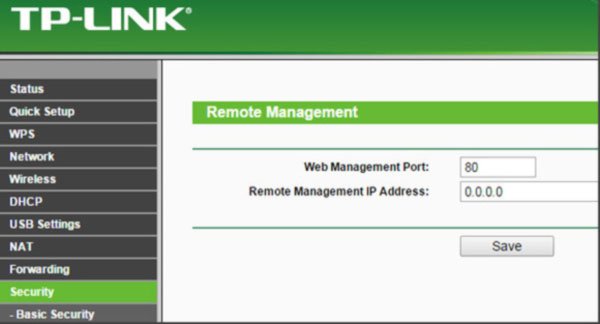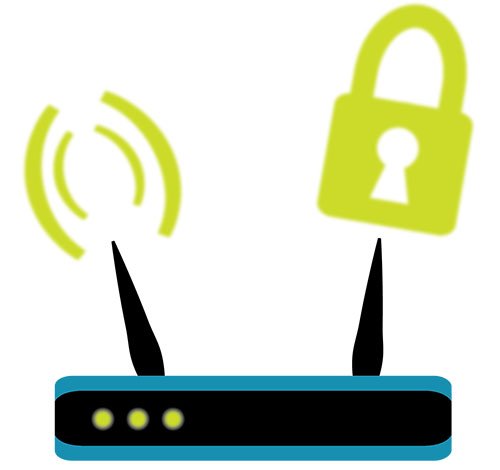How To Protect The Router From Malware
Some People Worry That Others, Even Criminals, Can Monitor Their IP Addresses. “What If They Get Into Our Router by Malware?”
This short article will teach you how to protect your wireless router from attackers.
As you know, the IP address is not very secret information. Any website you visit can tell you its ISP and location at a glance at its IP address. Can hackers infect your router with malware?
Last year, researchers discovered a worm called TheMoon that infected several Linksys routers. Linksys quickly issued a patch to stop it. This was not the first attack of this type, and it certainly will not be the last. It is unlikely, but the risk is so significant that it is necessary to take precautionary measures.
Note that TheMoon only infects Linksys routers. Of course, you can’t criticize Linksys. Maybe the next attack will be on D-Link or Netgear routers. The nature of this type of malware is that they are specific to a factory.
So, it is possible that a worm is trying to attack your router and is incompatible with it. And once these inconsistencies became good.
The following are the precautionary steps that everyone should take:
1. Update your browser firmware. Check the manufacturer’s website regularly for new versions.
2. Go to your router’s settings page and ensure that remote management is turned off (if the IP address is 0.0.0.0, it is turned off).

3. Change the name of your wireless network. There is no need to advertise your router manufacturer.
4. Change your router password. I am not talking about WiFi or the WiFi password. It means the password you enter to enter the router settings.
Finally, if you are worried, you can protect your IP address with proxy software.
7 simple tips to secure your WiFi router at home from Malware
When it comes to cybersecurity, starting at home is crucial. One often overlooked piece of equipment that can be an easy target for hackers is your wireless broadband router, which provides your internet connection.
Many consumers assume that securing digital devices like smartphones, desktops, or laptops is enough. Still, the truth is that your wireless router also needs to be set up and secured to prevent it from getting a router virus.
It’s essential to know how to check if your router is hacked. Unsecured routers can be compromised by malware or directly accessed by hackers to spy on your unencrypted data, redirect your internet traffic to malicious sites, and infect multiple devices on your home network.
To improve your digital security and stay safe online, here are some tips to prevent your router from getting infected. Remember that each router’s software may vary, so you might need to consult your user manual or the manufacturer’s website for step-by-step instructions.
- Change your router admin username and password: Manufacturers set a default username and password, which makes it easy for hackers to access your network. The first step should be changing these to a strong, unique username and password. To create a strong password, consider using a password generator.
- Update your passwords regularly: Regularly changing your passwords helps keep hackers and malware at bay. Using a password manager can help you keep track of the numerous passwords of your WiFi, apps, websites, and programs.
- Please change the default Network Name (SSID): The default SSID (service set identifier) assigned by the manufacturer can help potential attackers identify your router type, making it easier to exploit vulnerabilities. Change the SSID to a unique name relevant to you, but avoid using personally identifiable information like your name or address.
- Use a firewall: Most routers have built-in firewalls that prevent unauthorized access to your router and home network. A firewall monitors incoming and outgoing traffic between networks. Enabling this feature helps ward off router viruses. Firewalls also help prevent DoS (denial of service) attacks by blocking targeted traffic and stopping it from sending out information that could trigger a crash.
- Disable remote administration: Remote administration allows anyone to access and change your router admin settings outside your network. Please turn it off to enhance security unless you need this function.
- Update your firmware: Firmware is the software permanently installed on your router that controls its hardware. Firmware updates are essential to fix security vulnerabilities. Most routers don’t update automatically or notify you when updates are available, so check the admin panel on your router for the latest version. If needed, download and install updates from the manufacturer’s website.
- Consider changing your router’s IP address: Changing your router’s IP address can further secure your online privacy and protect you from hackers and trackers. A VPN (virtual private network) can also hide your IP address.
These simple changes will help you create a more secure network and a safer digital experience at home. Implementing these cybersecurity tips can prevent hackers and router viruses from causing harm.
For more cybersecurity solutions, explore ESET’s products, like ESET Internet Security and ESET Cyber Security, to take control of your data security. Stay safe!
